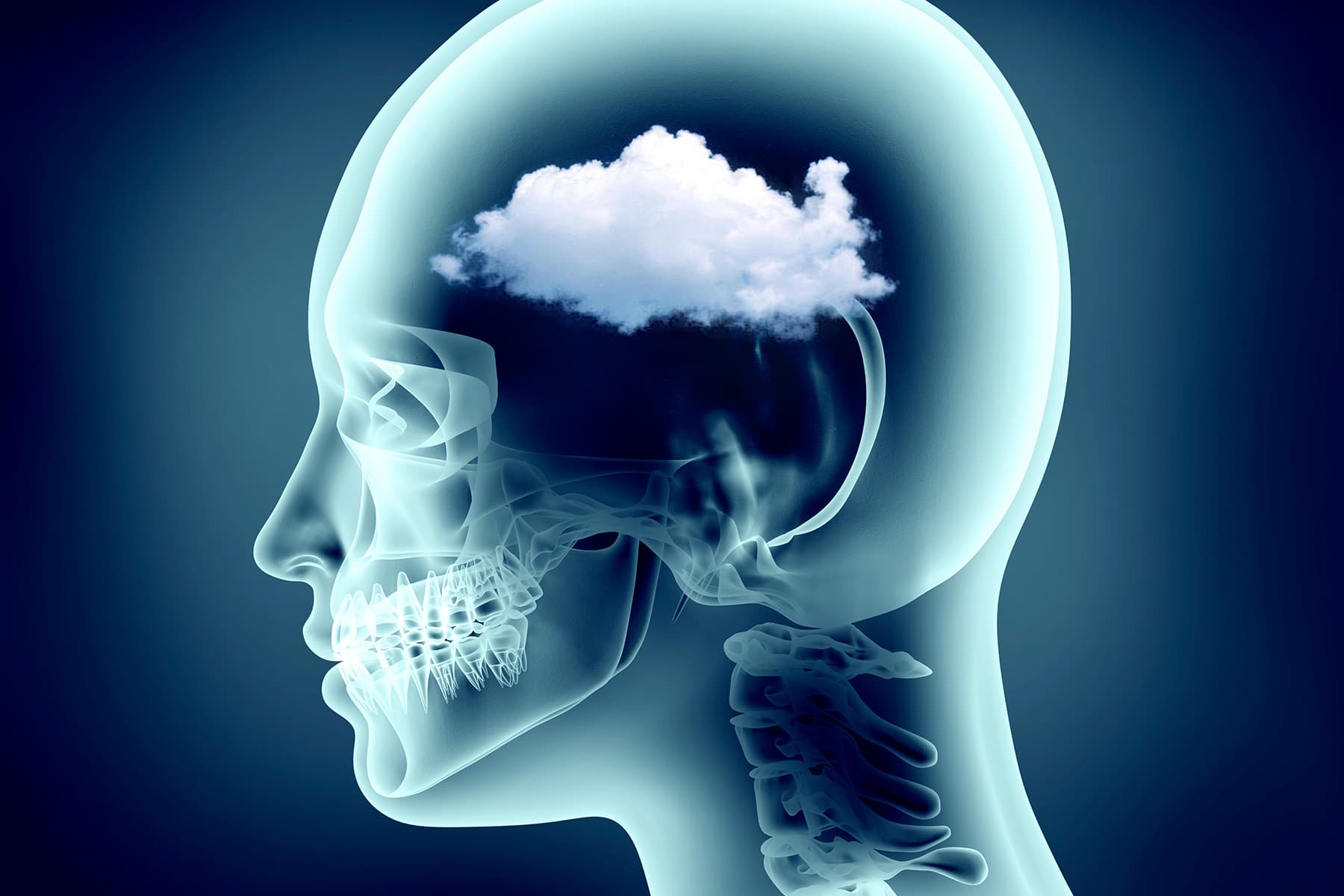
[ad_1]
April 13, 2023 – If you or someone you know is experiencing “brain fog” after COVID-19, scientists now have a possible explanation — and it might not bring much comfort.
Researchers in Germany found that part of the virus, the spike protein, remains in the brain long after the virus clears out.
These investigators discovered the spike protein from the virus in brain tissue of animals and people after death. The finding suggests these virus fragments build up, stick around, and trigger inflammation that causes long COVID symptoms.
About 15% of COVID patients continue to have long-term effects of the infection despite their recovery, said senior study author Ali Ertürk, PhD, director of the Institute for Tissue Engineering and Regenerative Medicine at the Helmholtz Center Munich in Germany.
Reported neurological problems include brain fog, brain tissue loss, a decline in thinking abilities, and problems with memory, he said.
“These symptoms clearly suggest damages and long-term changes caused by SARS-CoV-2 in the brain, the exact molecular mechanisms of which are still poorly understood,” Ertürk said.
The researchers also propose a way the spike protein can get into the brain in their preprint report published online before peer review April 5 on bioRxiv.
Delivered by circulating blood, the spike protein can stay inside small openings in the bone marrow of the skull called niches. It can also reside in the meninges, thin layers of cells that act as a buffer between the skull and the brain. From there, one theory goes, the spike protein uses channels to enter the brain itself.
The hope is researchers can develop treatments that block one or more steps in this process and help people avoid long COVID brain issues.
‘Very Concerning’
“This is a very concerning report that literally demonstrates the SARS-CoV-2 spike protein in the skull-meninges-brain axis in postmortem individuals,” said Eric Topol, MD, director of the Scripps Research Translational Institute in La Jolla, CA, and editor-in-chief of Medscape, WebMD’s sister site for medical professionals.
Having the spike protein accumulate in structures right outside the brain and causing ongoing inflammation makes sense to Topol. The clustering of spike proteins would trigger an immune response from this niche reservoir of immune cells that cause the inflammation associated with long COVID and the symptoms such as brain fog, he said.
Problems with thinking and memory after COVID infection are relatively common. One research team found 22% of people with long COVID specifically reported this issue, on average, across 43 published studies. Even people who had mild COVID illness can develop brain fog later, Ertürk and colleagues note.
So why are researchers blaming the spike protein and not the whole COVID virus? As part of the study, they found SARS-CoV-2 virus RNA in some people after death and not in others, suggesting the virus does not need to be there to trigger brain fog. They also injected the spike protein directly into the brains of mice and showed it can cause cells to die.
Researchers also found no SARS-CoV-2 virus in the brain parenchyma, the functional tissue in the brain containing nerve cells and non-nerve (called glial) cells, but they did detect the spike protein there.
Surprising Findings
Investigators were surprised to find spike protein in the skull niches of people who survived COVID and died later from another cause. Ertürk, lead author and PhD student Zhouyi Rong, and their colleagues found spike protein in 10 of 34 skulls from people who died from non-COVID causes in 2021 and 2022.
They also found COVID can change how proteins act in and around the brain. Some of these proteins are linked to Parkinson’s disease and Alzheimer’s disease, but have never before been linked to the virus.
Another unexpected finding was how close the findings were in mice and humans. There was a “remarkable similarity of distribution of the viral spike protein and dysregulated proteins identified in the mouse and human samples,” Ertürk said.
Future Treatments?
Tests for protein changes in the skull or meninges would be invasive but possible compared to sampling the parenchyma inside the brain. Even less invasive would be testing blood samples for altered proteins that could identify people most at risk of developing brain complications after COVID illness.
It will take more brain science to get there. “Designing treatment strategies for these neurological symptoms requires an in-depth knowledge of molecules dysregulated by the virus in the brain tissues,” Ertürk said.
[ad_2]
Source link






